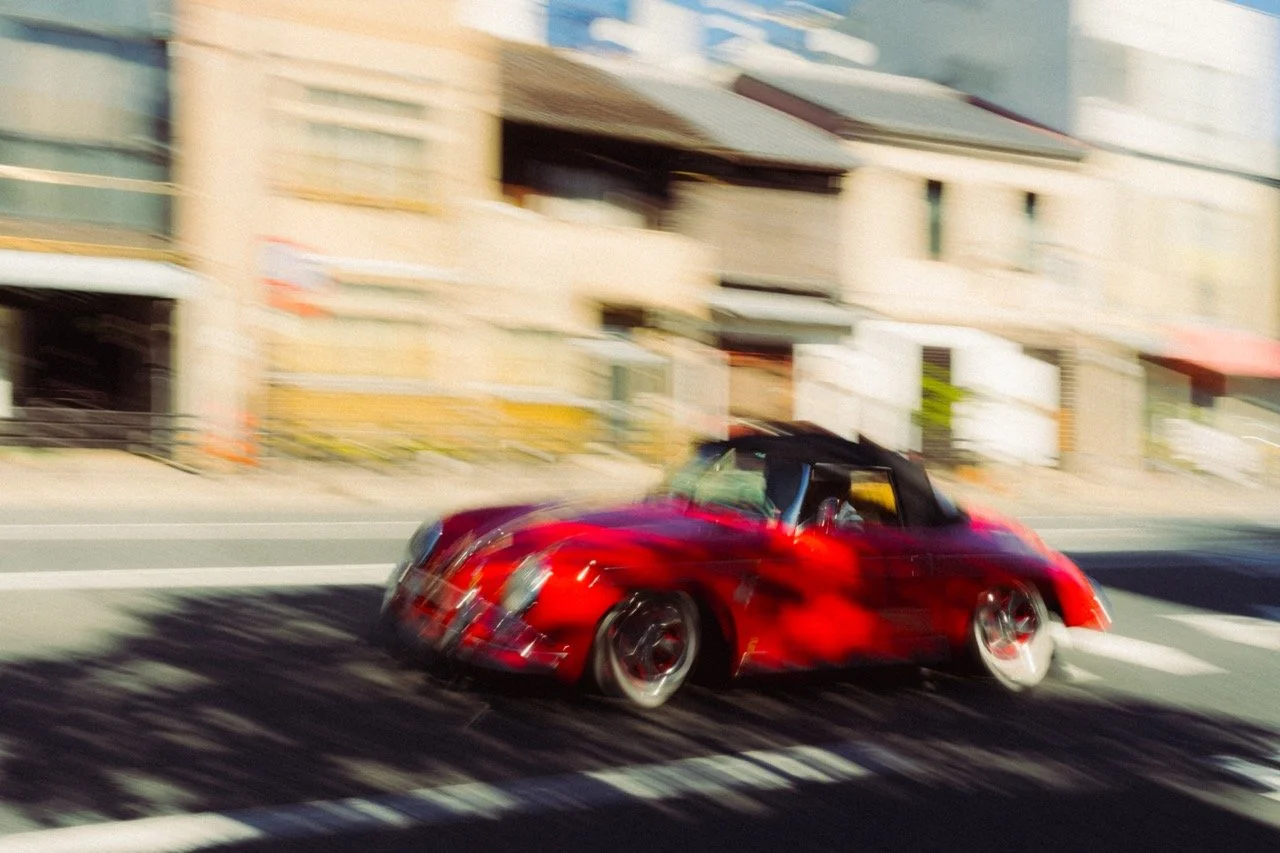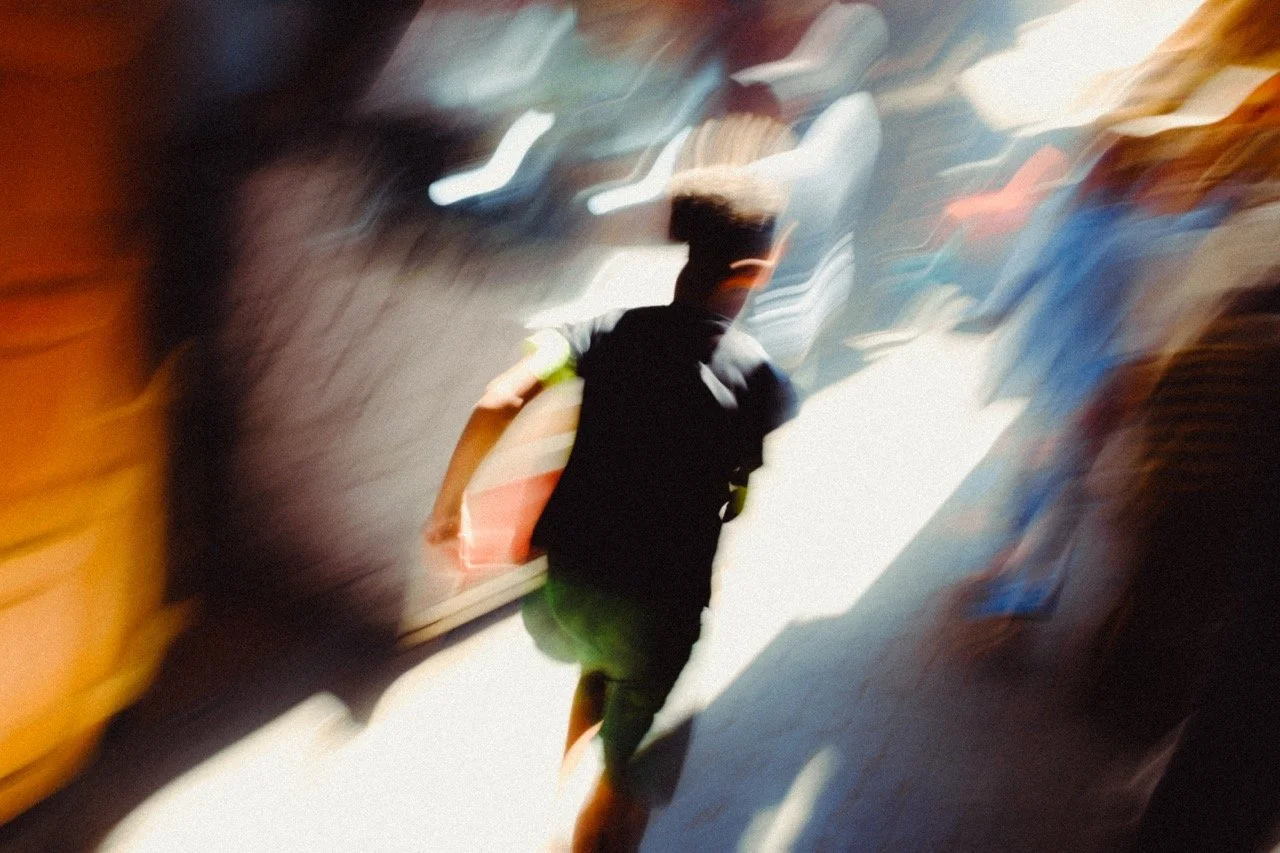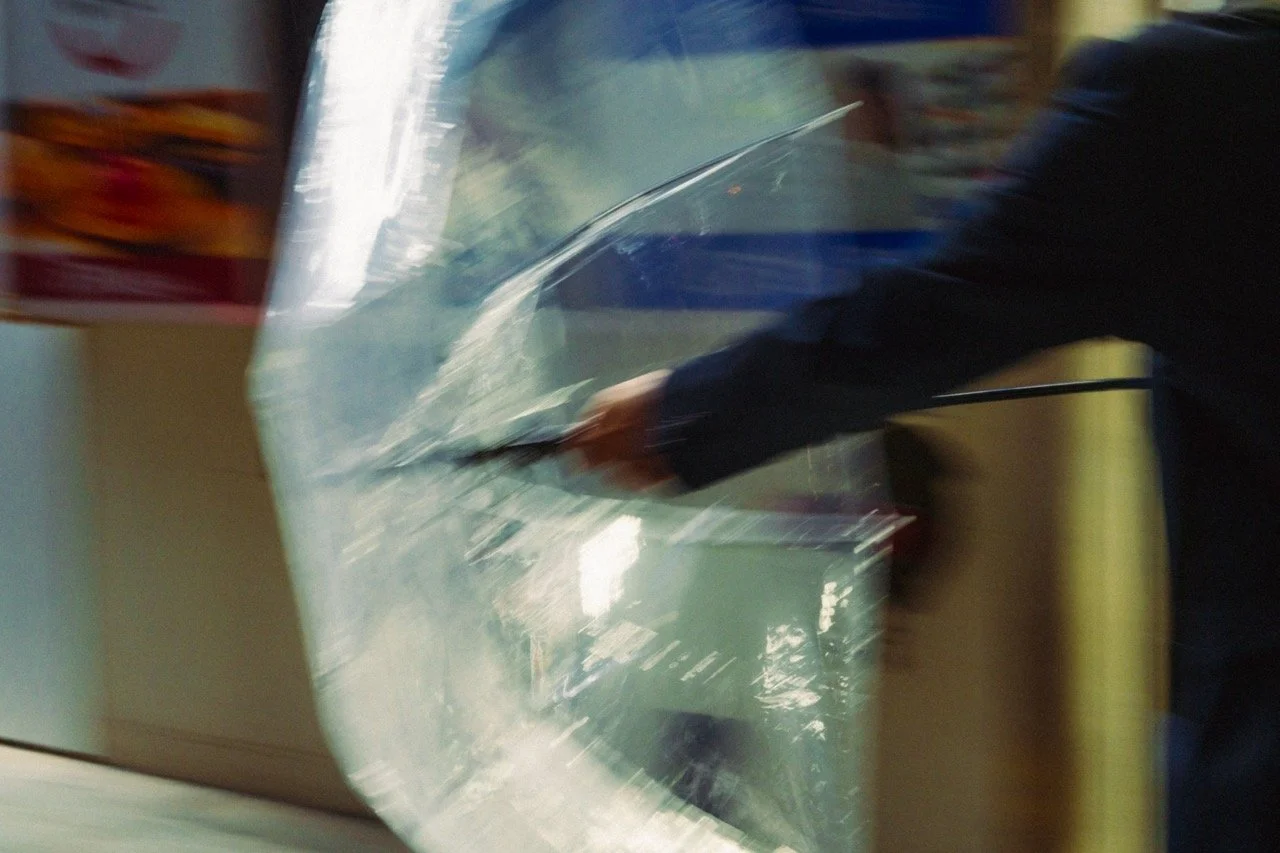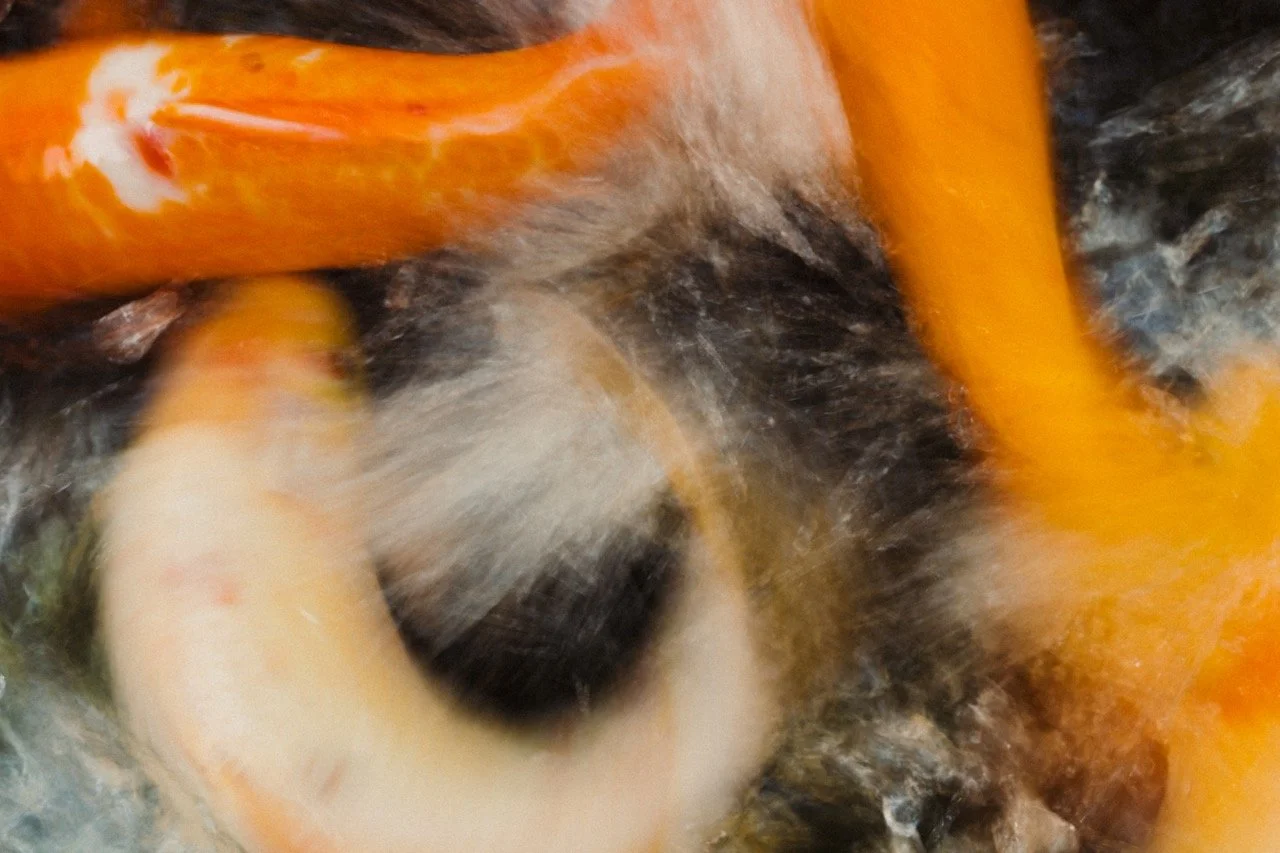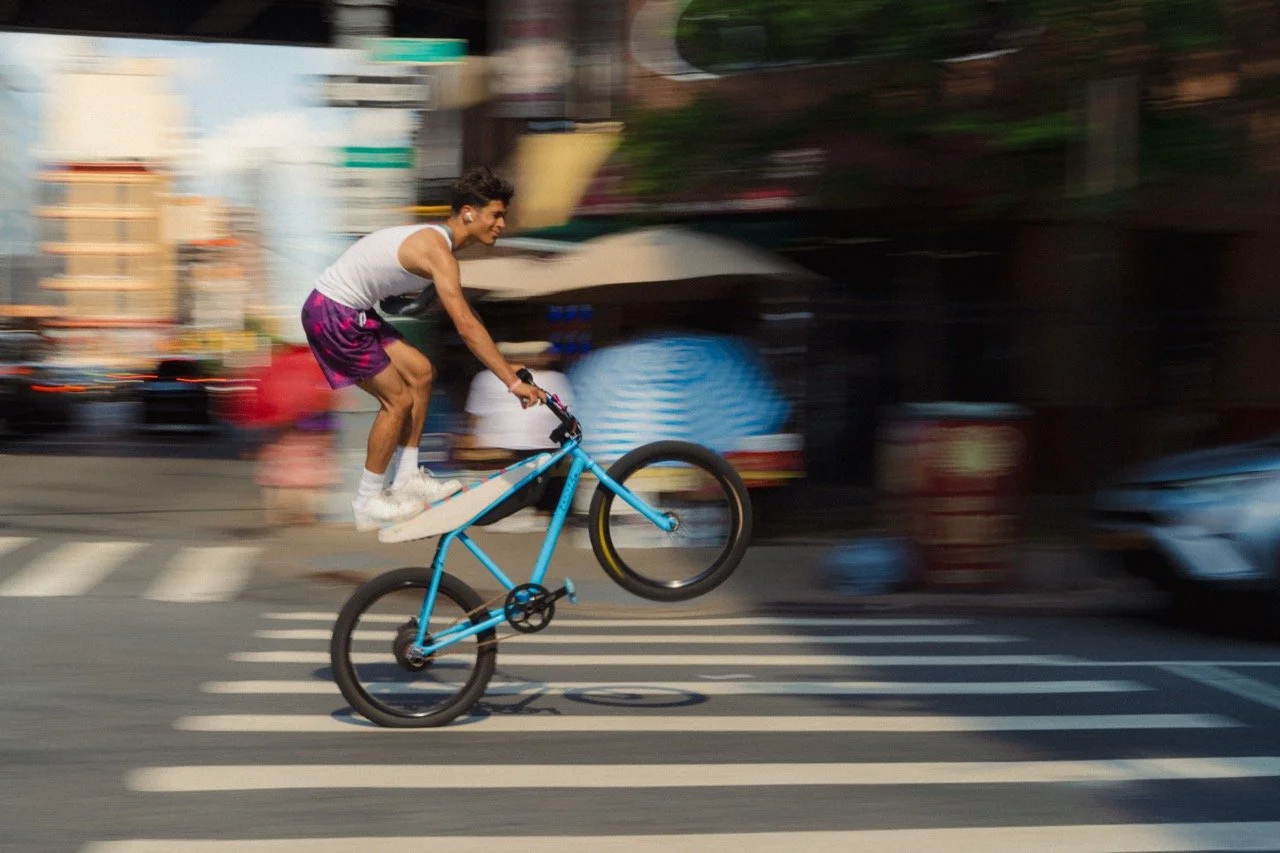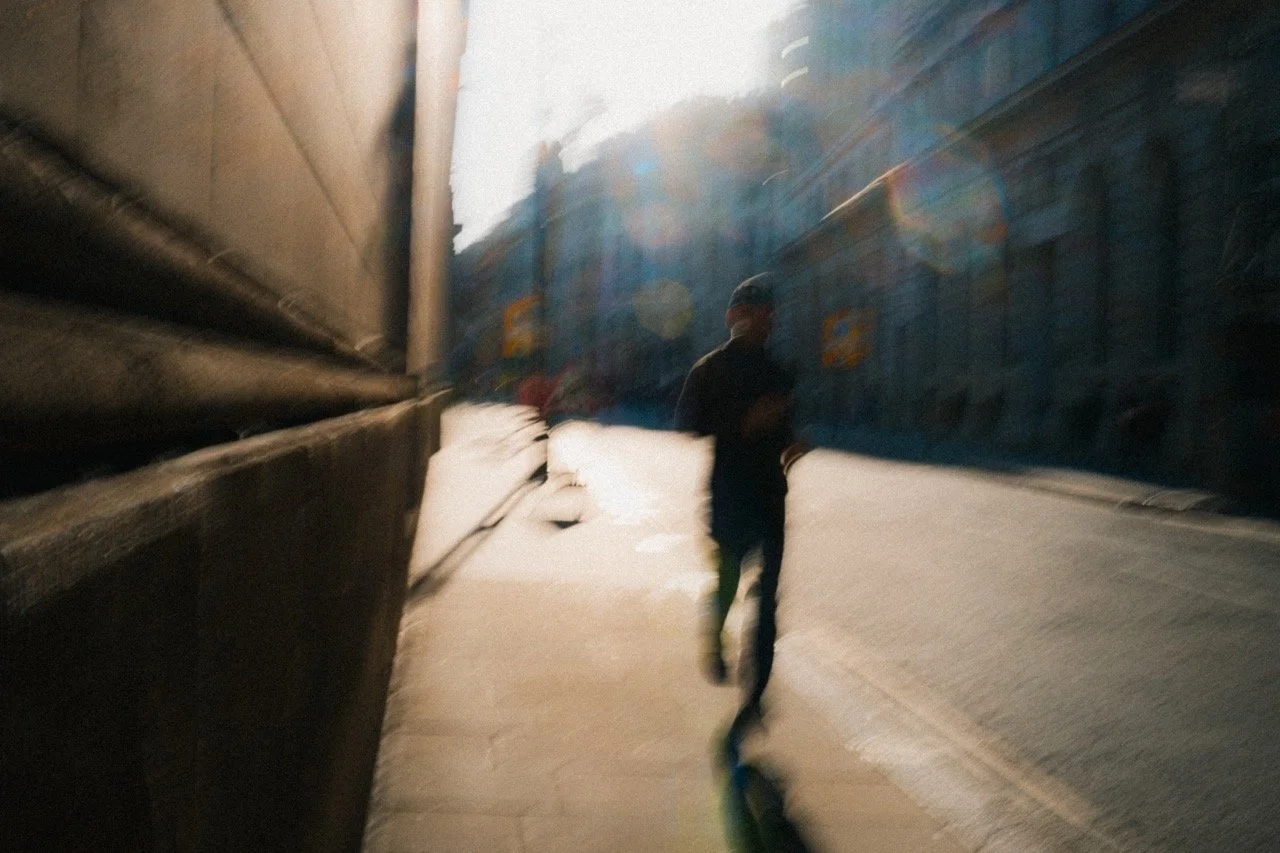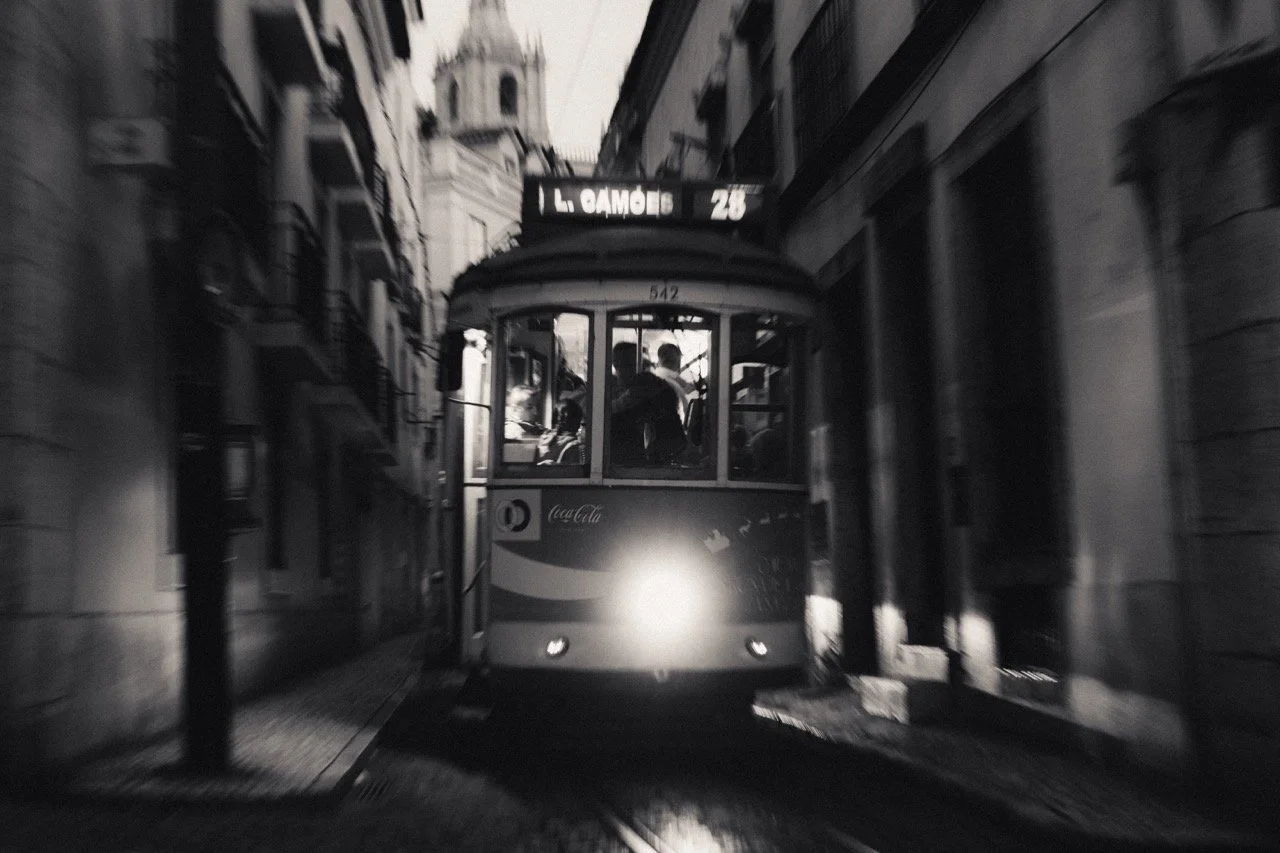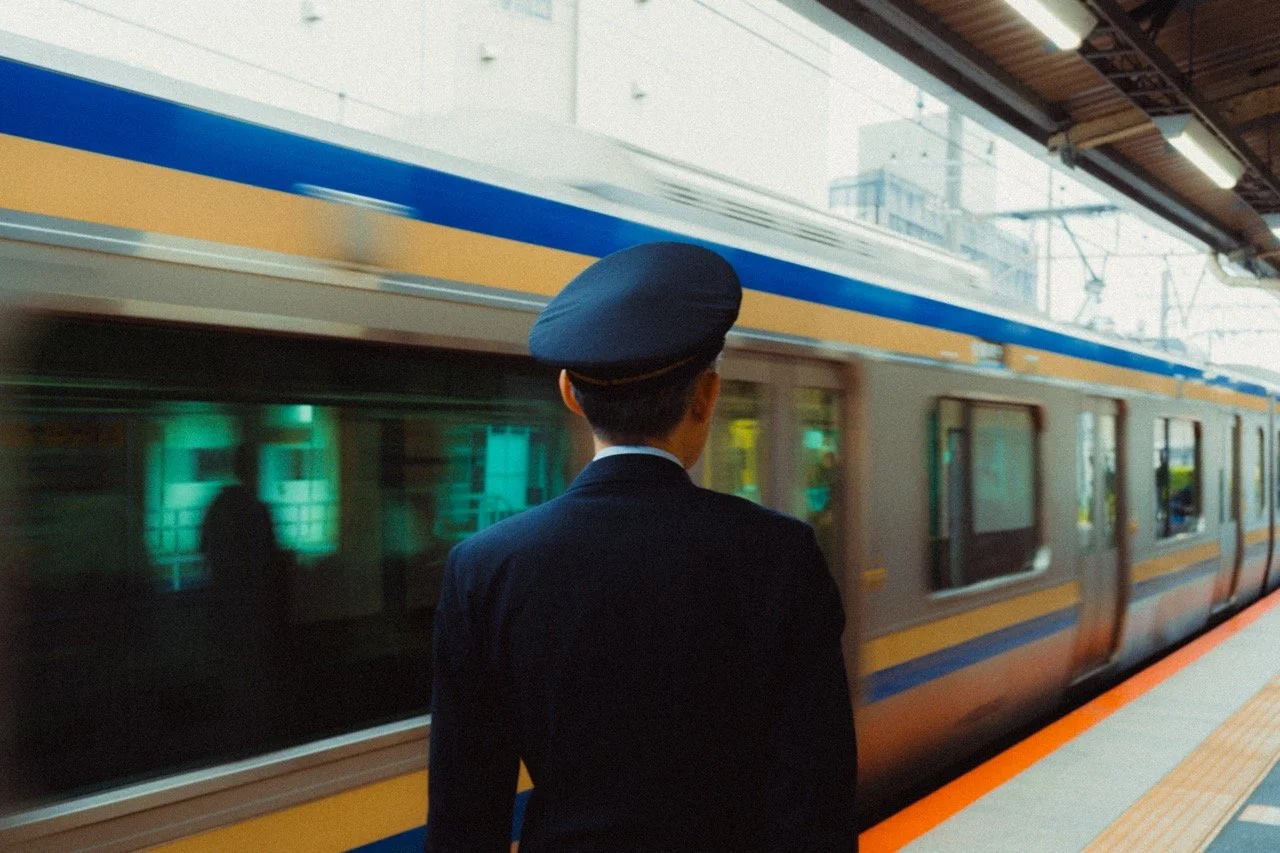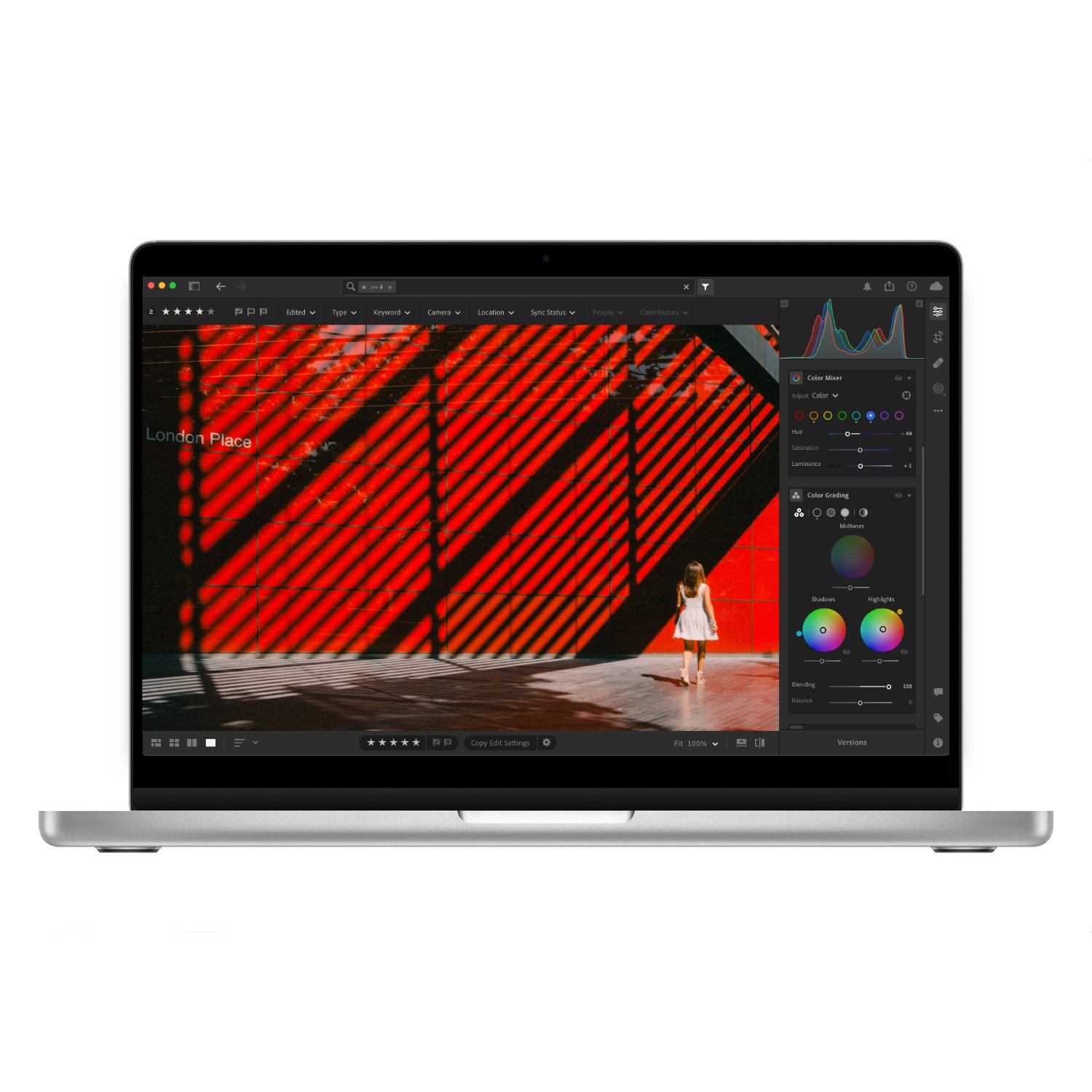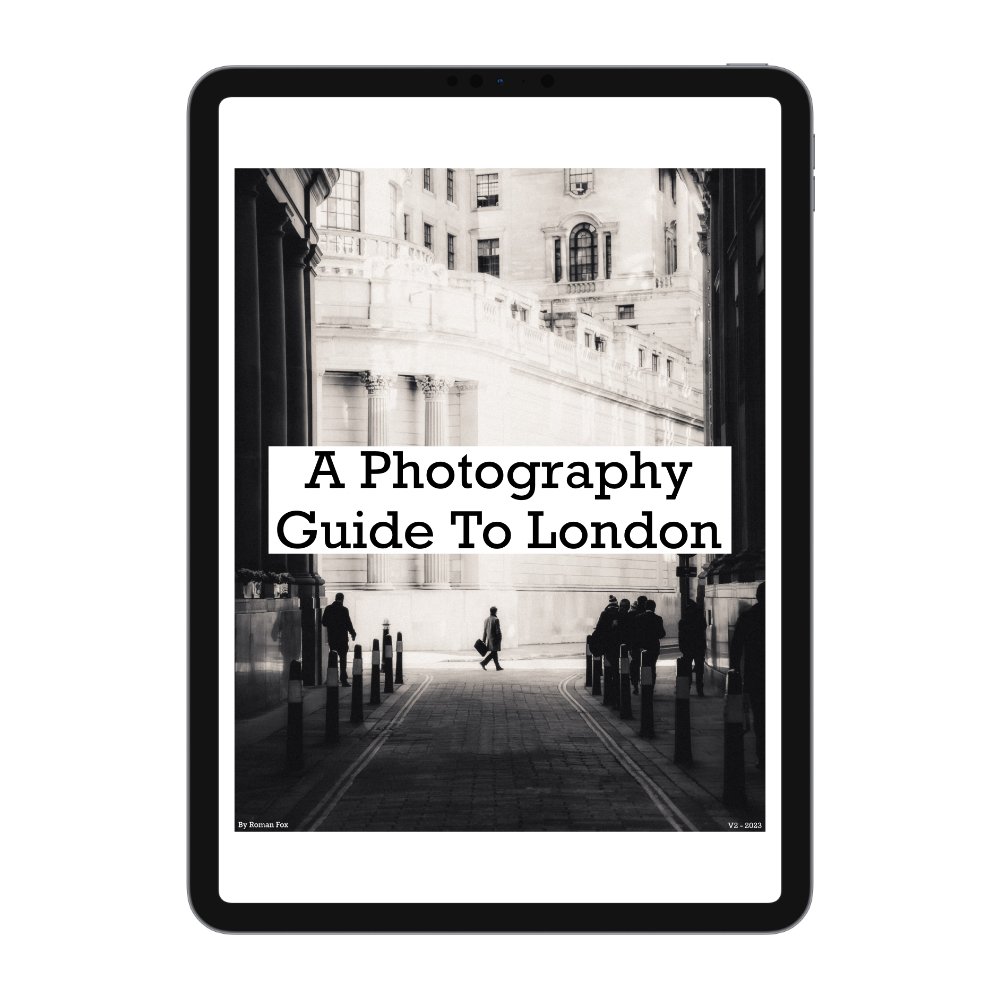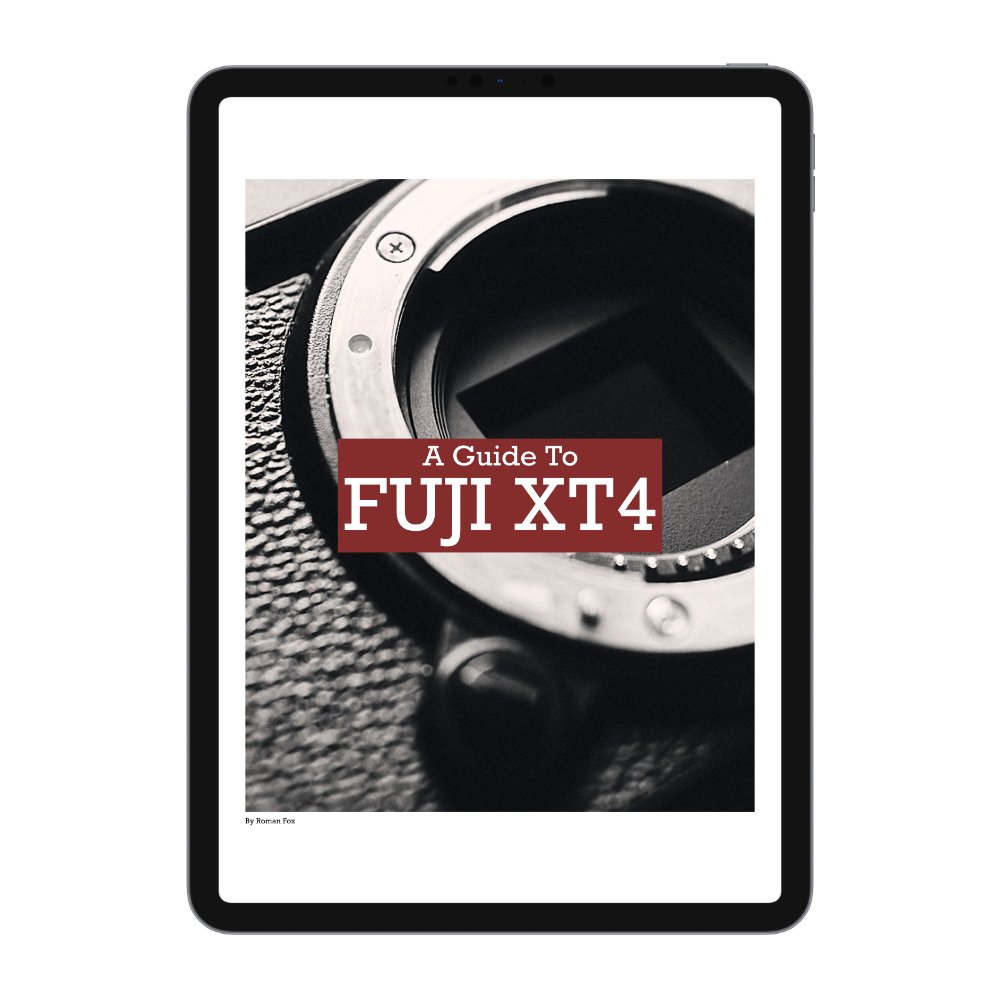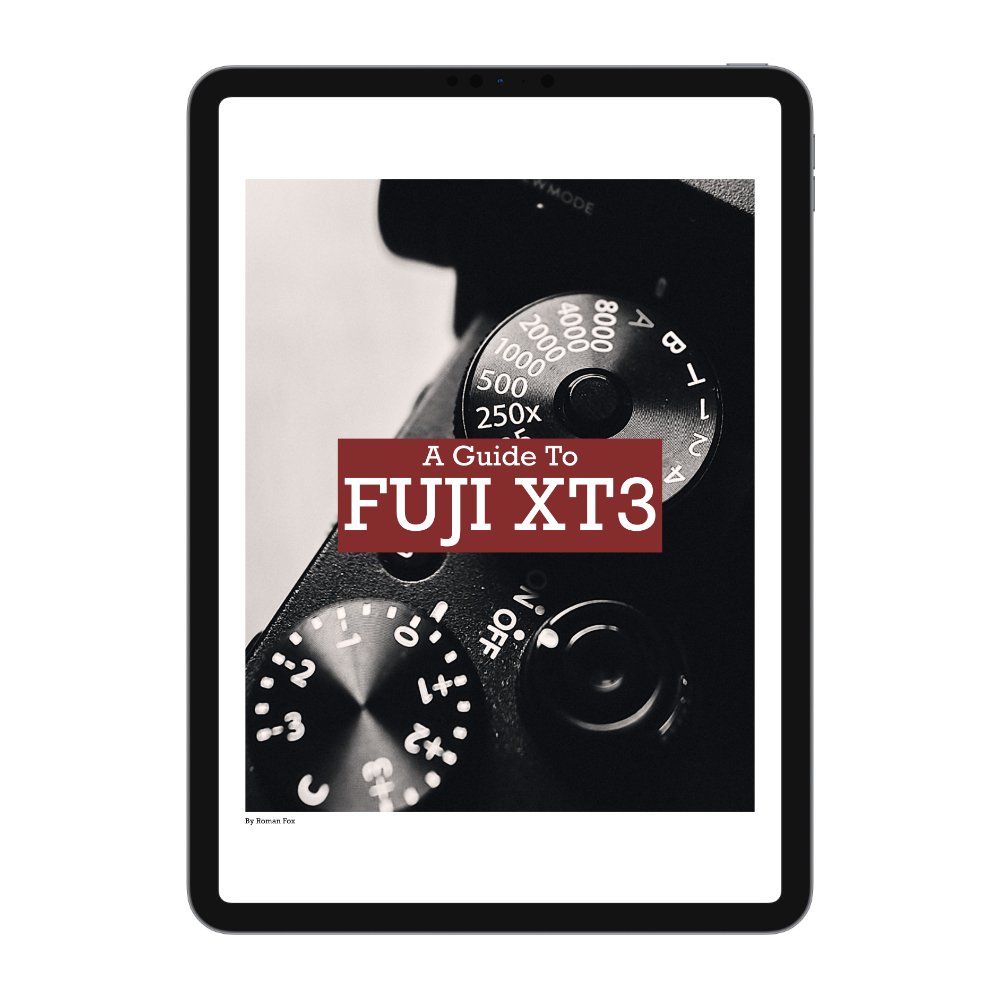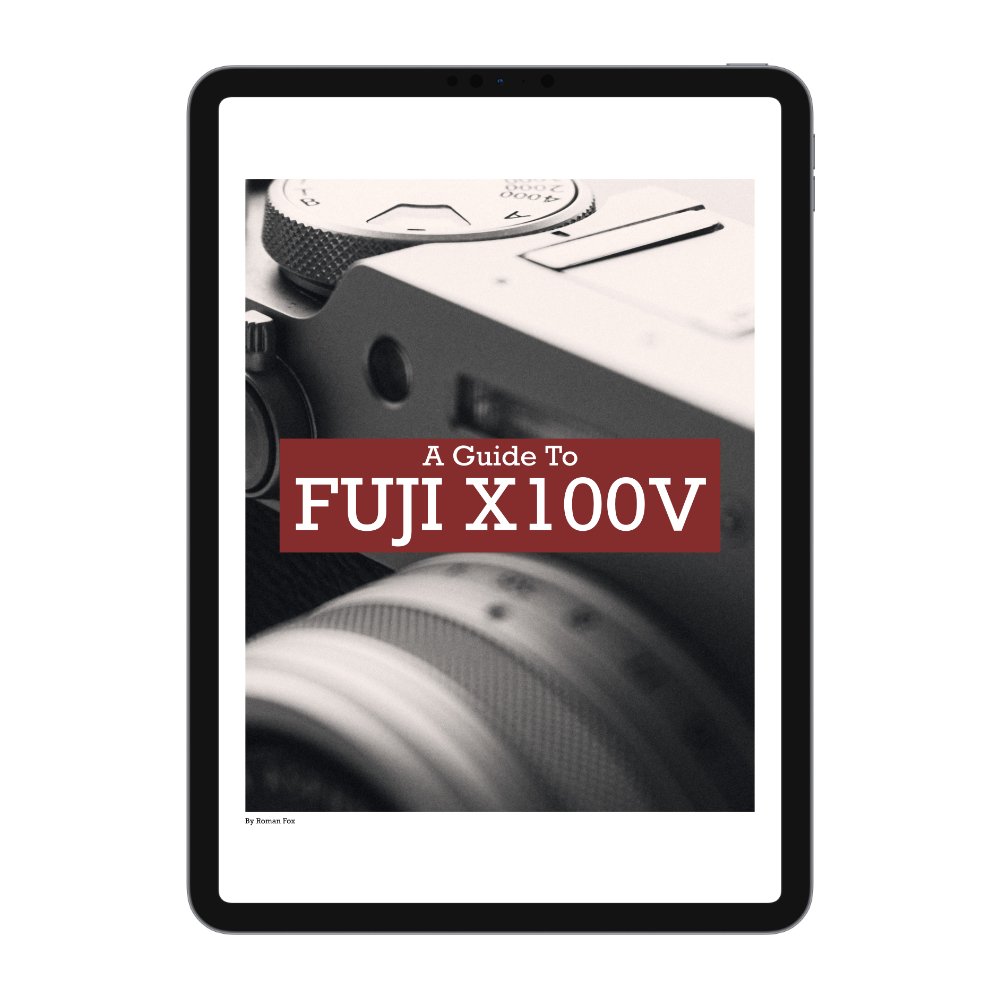The Most Fun With a Camera
For most of us, photography is a way to document our life, travels, and experiences. While it’s a creative pursuit and an art form, it’s also one where we often see cameras as tools to freeze a moment in time.
Up until last year, I always saw photography as a way to show a scene exactly as you’d see it if you were standing there yourself. While I edit my images and occasionally remove bits of rubbish from the floor or a stray reflection from a window, I never altered a photo, in camera or in post, for creative purposes.
Then I accidentally stumbled across an account that exclusively shot using slow shutter speeds and intentional camera movement, creating what I can only describe as the most artistic take on photography I’ve seen. The concept of the camera being a brush also came up. Just as a painter doesn’t simply use a brush to put ink on paper, a photographer doesn’t need to use a camera only to capture a static snapshot of reality.
I started experimenting with adding motion into my work, and while I still prefer 90% of my photos to be realistic, that last 10% that involves motion is the most fun you can have with a camera. In this blog, I’ll share my process for shooting with motion, covering settings, techniques, and a few examples.
The What and The Why
For me, motion blur achieves three things. It exaggerates movement, thus adding the feeling of motion into the shot. Whether it’s a car whizzing by, a person running through the frame, or a train pulling into a station, motion blur can make the image feel more alive.
You can use it to bring attention on the subject by keeping the subject sharp while allowing the rest of the image to blur slightly. Finally, you can go full Picasso and introduce random in-camera movements, hoping to create something unique.
Camera Settings
You only need two things: manual shutter speed control and an ND filter if you’re shooting during the day.
The shutter speed is your primary tool for dictating how the image turns out. I usually start at 1/30s, as it gives minimal motion blur to faster-moving subjects like cars or bikes. If I want to slow things down and focus more on people walking, I’ll drop it to around 1/10s to 1/20s. For more creative effects with intentional camera movement, 1/8s and below is where you want to be.
I personally wouldn’t go below 1/2s, as that’s when you start to lose all context in the photo. This is why the ND filter is essential for daytime shooting because at 1/10s, your aperture might be forced to f/22, which won’t look good.
When it comes to focusing, use a wider zone focus box and shoot in AF-C mode so your camera has the best chance of locking onto the subject. If your camera has IBIS (In-Body Image Stabilisation), leave it on. As for metering, a normal multi-segment or evaluative mode will be fine. Regarding composition, shoot a little wider, so you have room to crop and adjust the final composition.
My Little Photography Book
If you’re finding these types of blogs helpful, please consider picking up a copy of My Little Photography Book. This book is everything I know about photography laid out in an easy to understand format. You also get free lifetime updates as new chapters are added. This is the most direct way to support this blog and keep it ad-free. Thank you.
Techniques
There are a few techniques I use to create motion blur. The first one is panning. A simple but effective classic. Match the speed of your pan with the subject’s movement and take a burst of photos. This keeps the subject sharp while blurring the background.
Another method is the abstract pan. Use a slightly higher shutter speed than you think you need, pan with the subject, and at the same time make small, jerky movements with your camera. This still gives you a pan but with a more abstract, textured twist.
You can also try rotational movement. Turn the camera while keeping the subject centred in the frame. Under the right conditions, this can create a dynamic swirl effect that feels energetic and cinematic.
The zoom blur technique is another one to experiment with. If you’re using a zoom lens, start zooming in or out while taking a burst of photos. Keep shooting throughout the zoom and see what results you get.
Motion can also come from the subjects, not the camera. You can stay completely still and shoot at a slow shutter speed, letting only the subjects move. This creates a beautiful contrast between static and motion-filled areas.
Finally, there’s pure chaos. Make all sorts of random camera movements and see what happens. A lot of spraying and even more praying. Sometimes the best shots come from pure experimentation.

